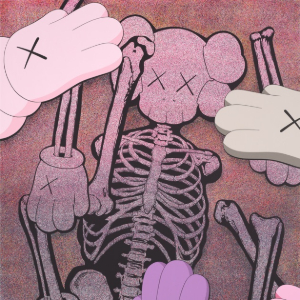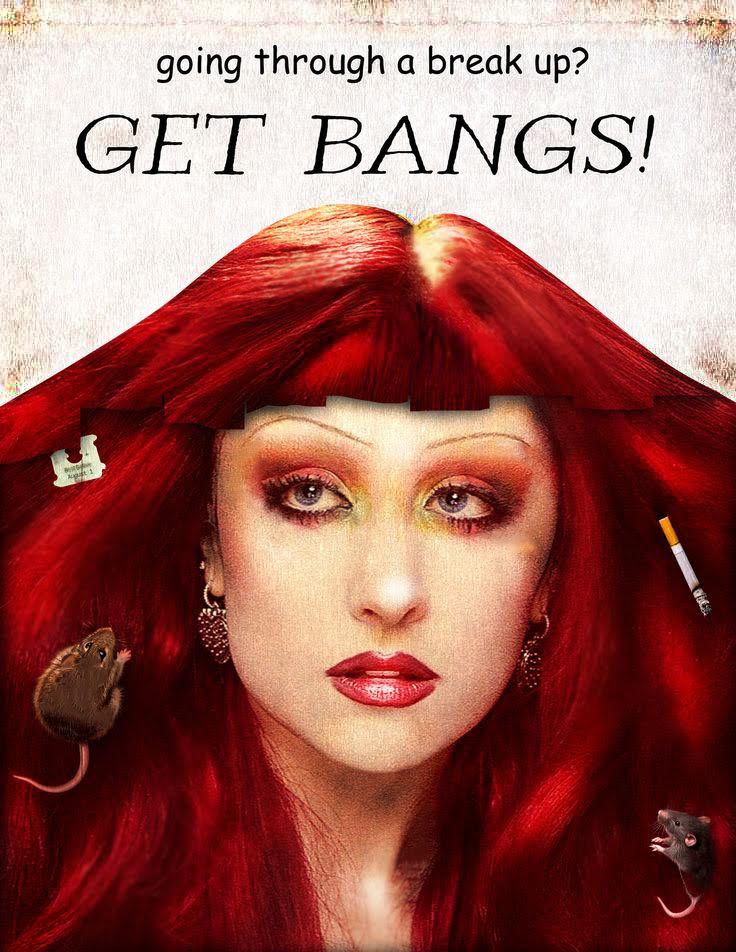When I was younger, I never noticed the difference. A game was a game. Whether it was boys on the field or girls on the court.
But as I got older, I started to see it everywhere: bigger crowds at the boys’ games, louder cheers, newer uniforms, more coverage. Meanwhile, the girls’ teams were left with less attention, less funding, and less respect.
Constantly in society we group things in patterns, in stereotypes. It is naturally how we characterize and organize things as humans. Although this is natural, it can become problematic.
Recently, I have been noticing a pattern in the unbalanced treatment between male and female sports teams. And it seems that so have others.
“There’s a higher intensity level in boys sports rather than girls. Boys sports have a larger and more supportive fanbase than girls,” senior basketball athlete Jordan Edwards said. ”Less people get hype for women’s sports.”
The hype around men’s sports is very evident. In the media, men’s sports teams are oftentimes described as strong, powerful, and outstanding. You see it in headlines after a big NBA game or on famous tweets such as “The big boys are nearly ready for the playoffs” or “Another Win for the Lakers, Unstoppable Team!”
Women’s sports, however, are often ignored or described in negative ways. A clear example happened in March Madness in 2021, when the men’s teams had a full weight room while the women’s teams were given only a few dumbbells and yoga mats. This shows how boys’ and men’s sports are praised and supported, while girls’ and women’s sports are often overlooked and underfunded.
“I hear a lot about boys sports, especially wrestling and basketball,”soccer athlete and manager Gunn Wells said, “but I never hear anything about girl’s sports aside from soccer. I forget they exist.”
According to the Women’s Sports Foundation, “girls drop out of sports at two times the rate of boys. This is for a variety of reasons; sexism, lack of role models, sexualization, low support, under-funding, and so on.
Take volleyball and soccer uniforms for instance. The shorts are extremely short, the shirts are thin and tight to the skin. Whereas the men’s uniforms are loose-fitted and comfortable. And in some cases, they share the same exact uniforms so the girls are getting ill-fitting uniforms that only cater to average male sizes.
We can also attend to the fact that there is less support. Crowds are full at boys’ soccer and basketball games. It’s the opposite for girls’ teams.
It is not only about the size of the crowd, but about the spirit of the crowd.
“It also just depends on who shows up for them,” Wells said. “Boys have more family and people supporting them that show up so the school spirit is just much more like there. I don’t see many of the girls’ families showing up.”
Families and friends coming to support girls sports events will make the game much more fun. Not only to be there but, the team will be more encouraged to play and win.
The people who show up matter more than the amount of people who show up.
“It depends on who shows up too, who gets hype,” Edwards said.
Going to sports games and supporting players is crucial to keeping the game alive. Unfortunately, women’ s sports are not as popular or funded as men’s sports. Although both genders play the same sports, one is accepted and the other not as much.
Girls are faced with these societal expectations that have been built and supported by the people around them and from a young age they feel the pressure to just accept it. This stops many girls from starting a sport that interests them, this will lead to them not having the experience or the support they need to be successful or to continue doing the sport.
“It’s not news. At this level the support has to come up from the elementary schools and the middle schools and the soccer club and the parks and recreations,”coach of boys/girls soccer teams Leonel Alvarado said, “The girls should be out playing so by the time they come to this level it’s not something that we have to be working on basics anymore.”
The treatment between girls and boys athletes is different too. We see that in many girls’ sports that the practice is shorter, they get more breaks, and they are overall just not pushed to their potential as much as boys are. Girls athletes are often not seen as credible.
“The boys’ profiles will be more organized and professional with more support,” Edwards said. “Boys just get more praise whereas girls’ sports are seen as trivial.”
Throughout life and society, women are constantly looked down on and put into a box. As less important, or weak, or not as good as boys. This is going to change. This is changing.
As a generation, we are getting better at supporting women in sports. Continuing to bring awareness to the lopsided scale and the societal box that humans have put each other in. As a community, we need to be helping one another to break free from societal expectations, especially on female athletes.
We can do this by showing up to their games and supporting fundraisers. Getting engaged can not only bring us closer together, but it will help future generations and other organizations besides the ones in Salina.











